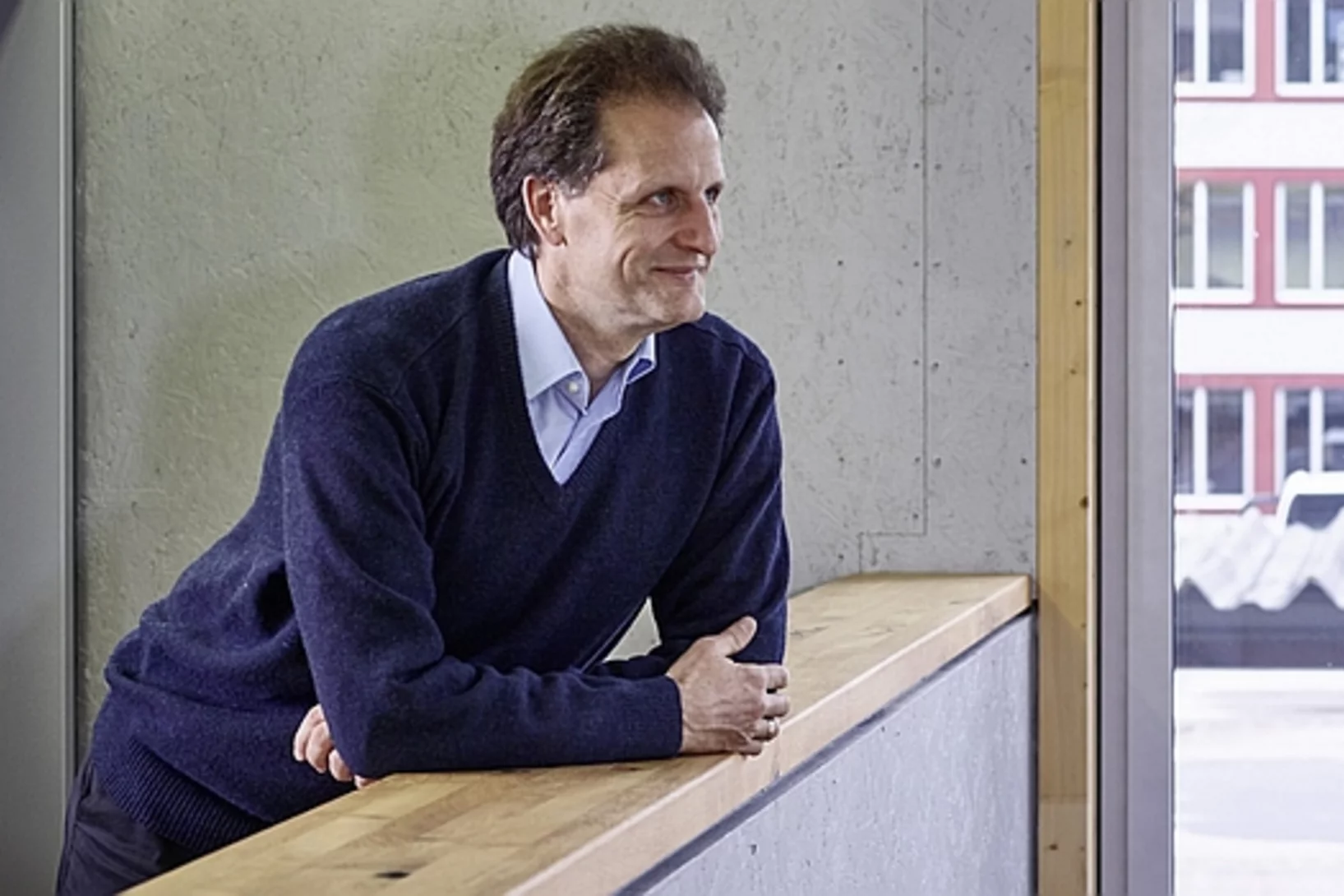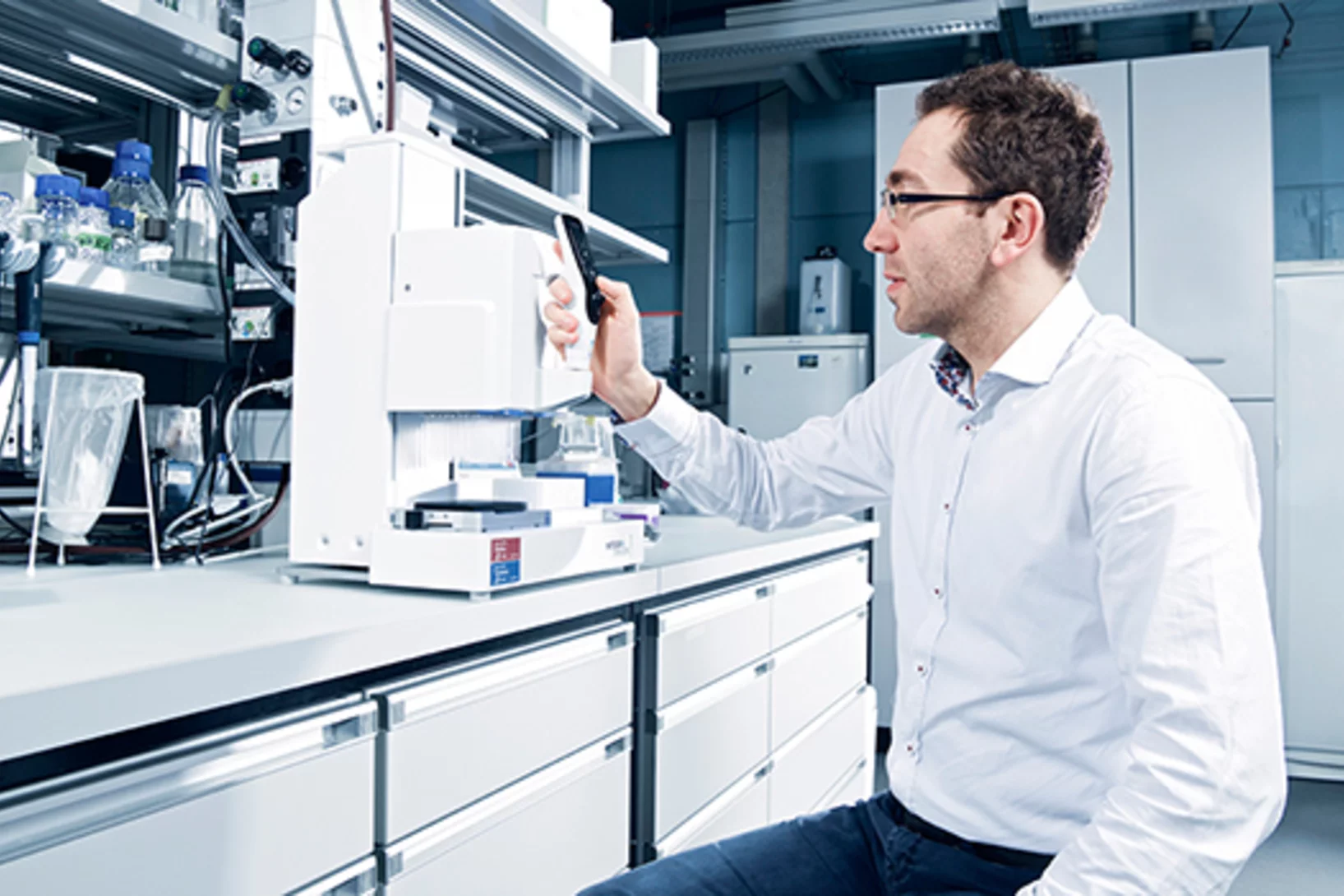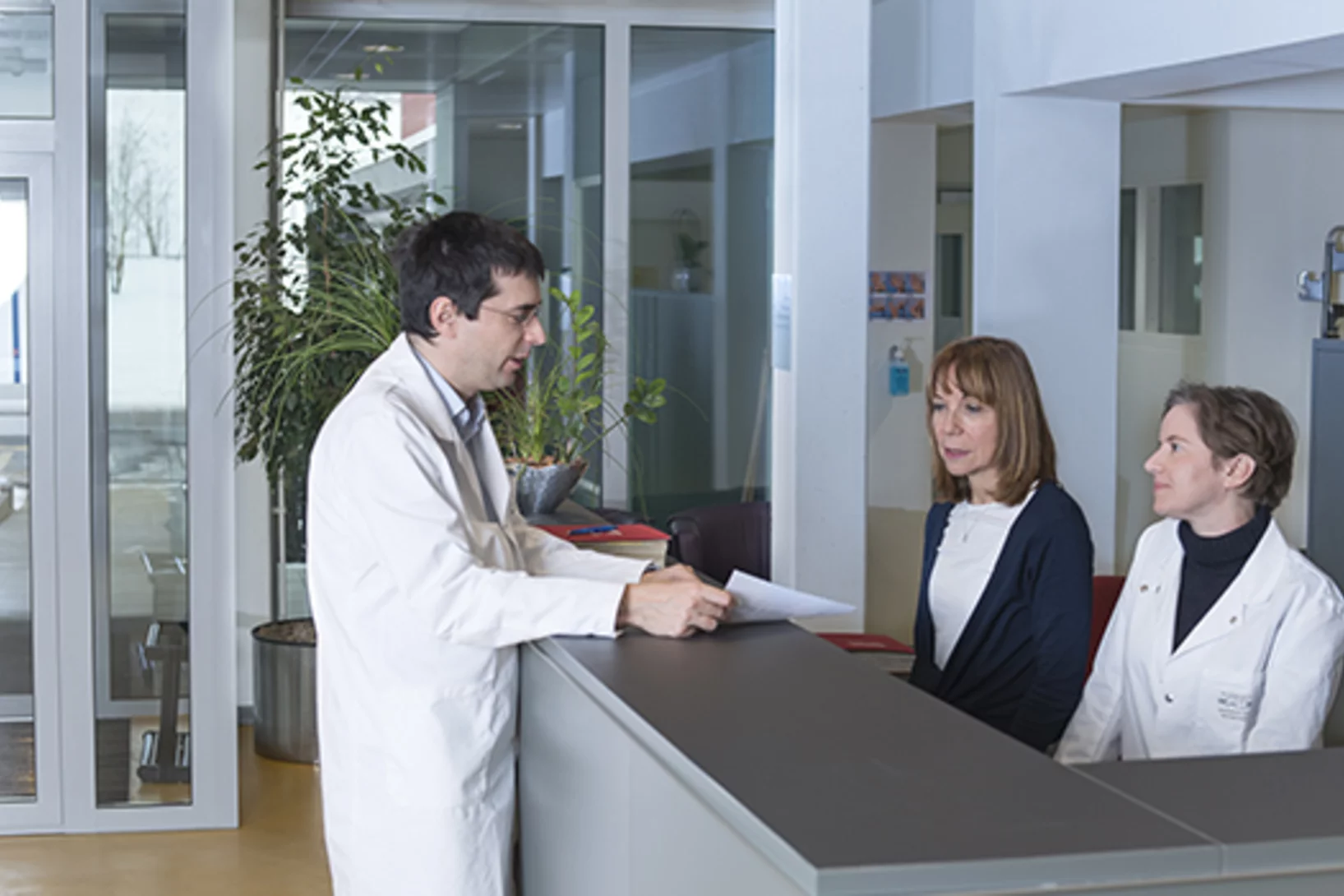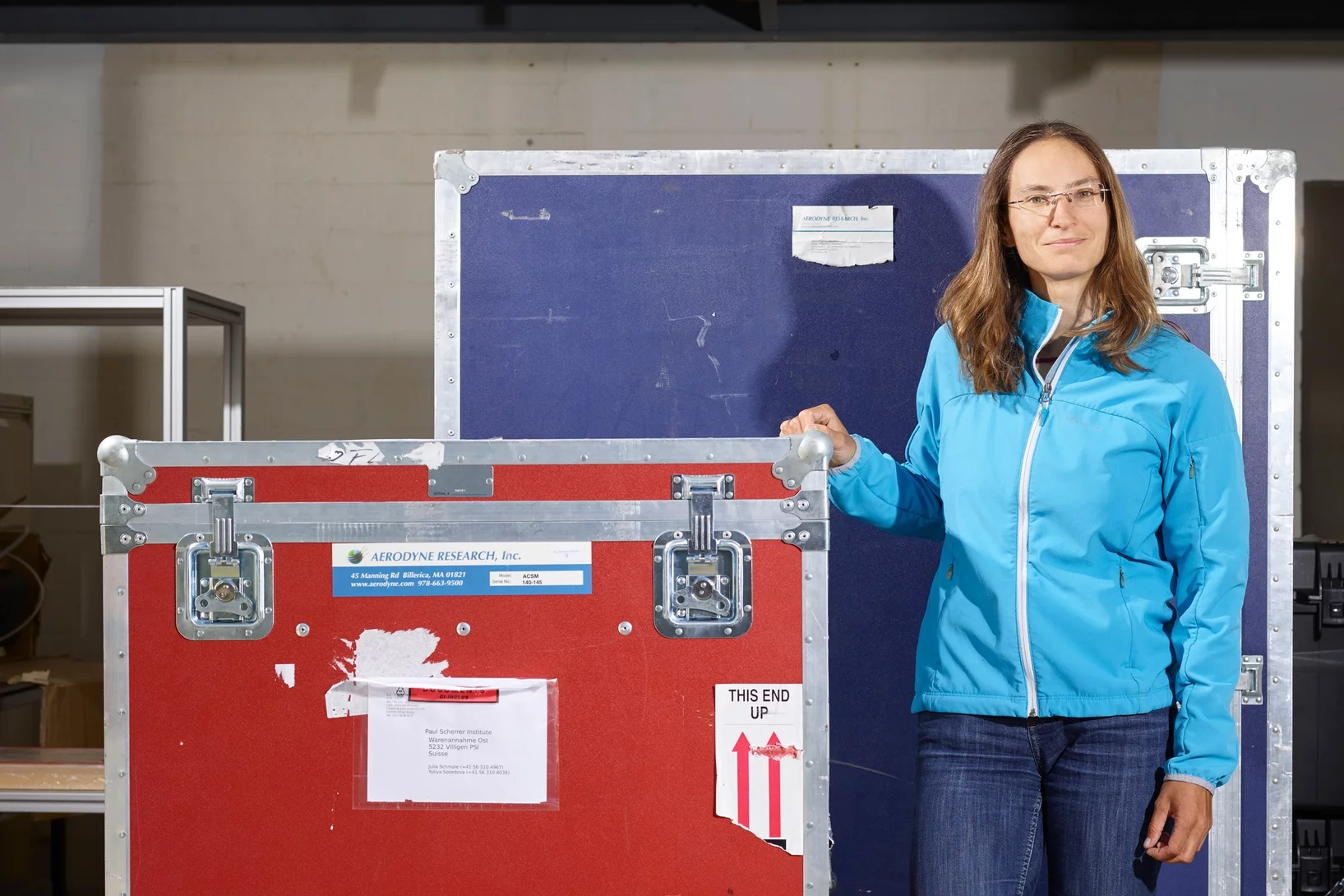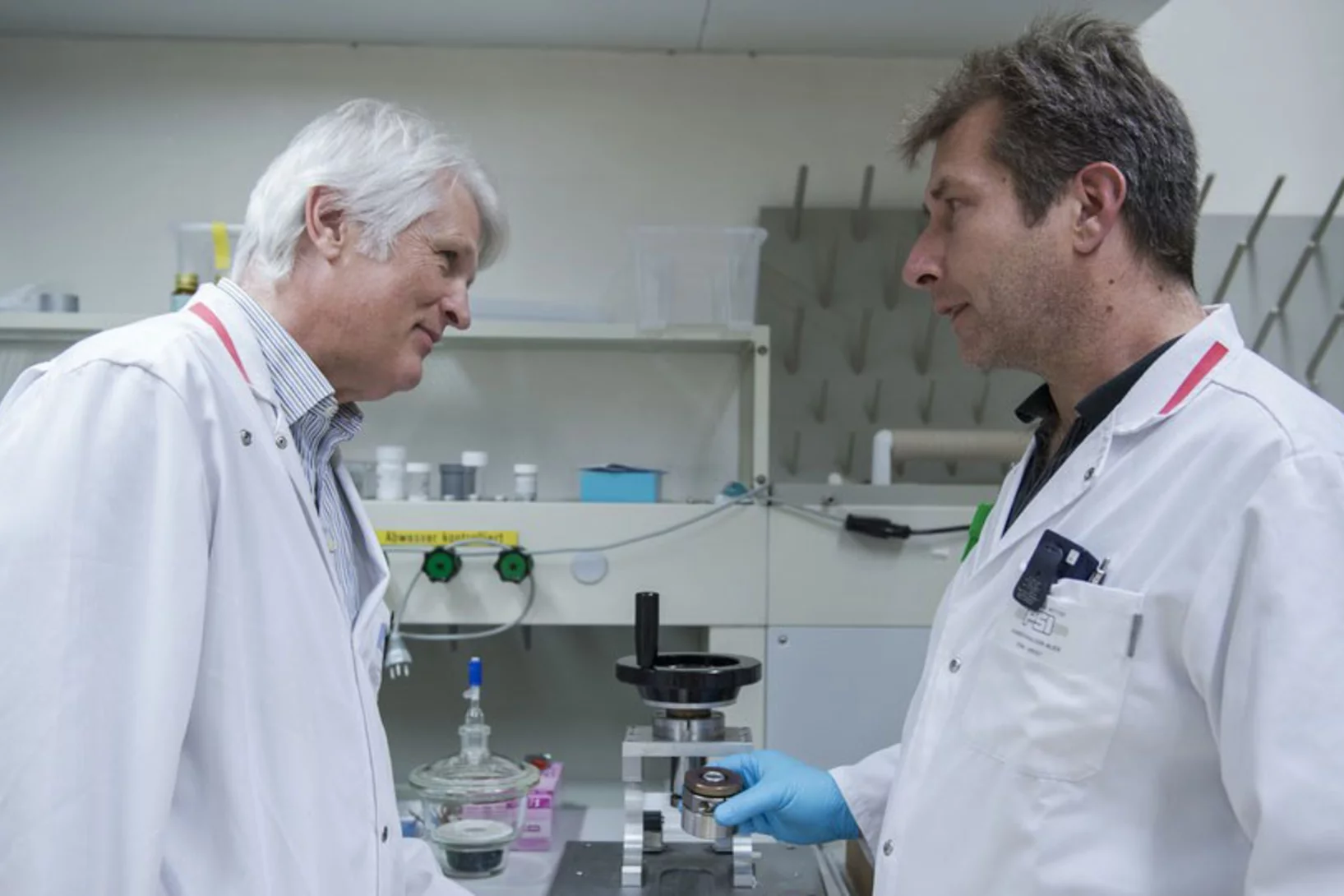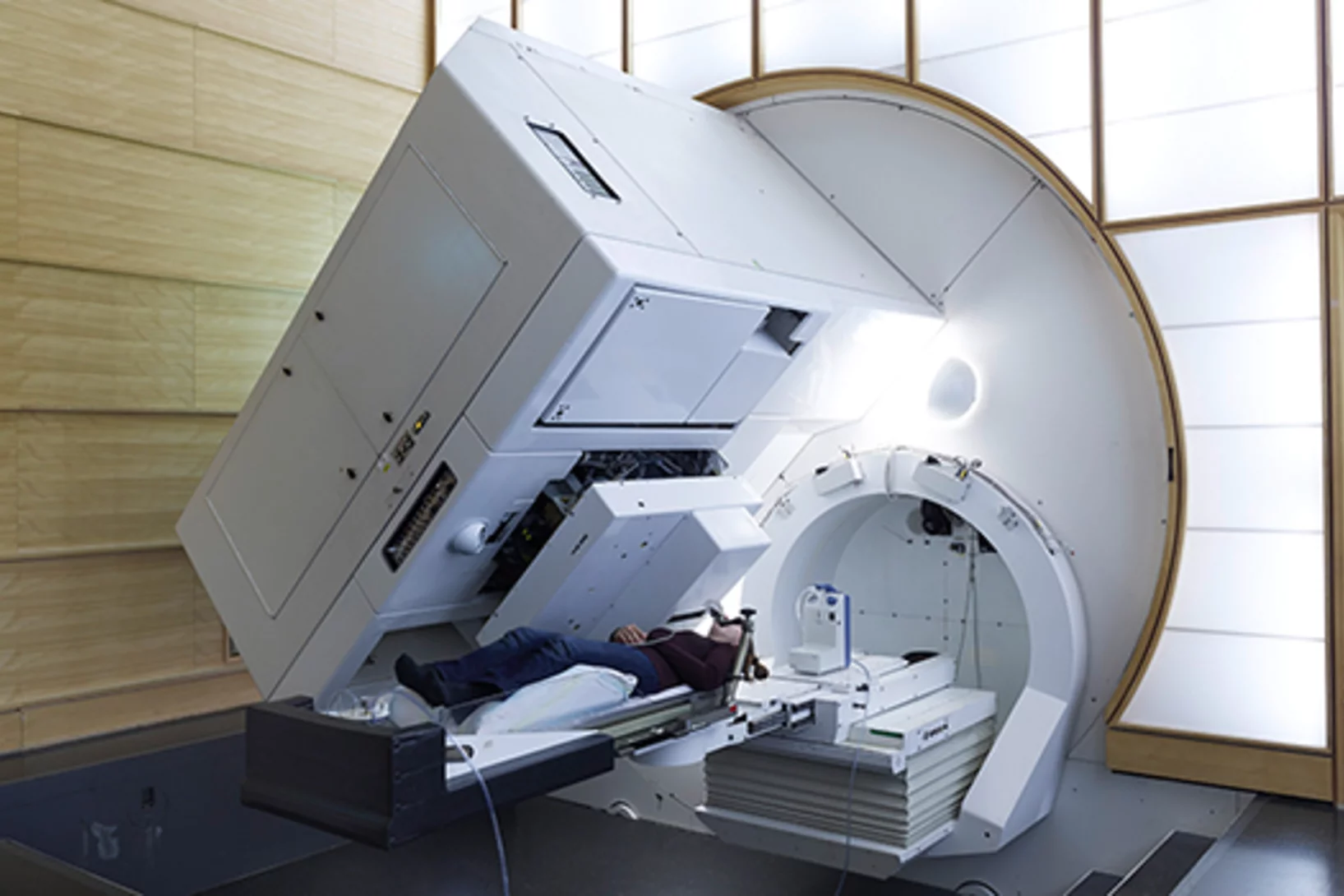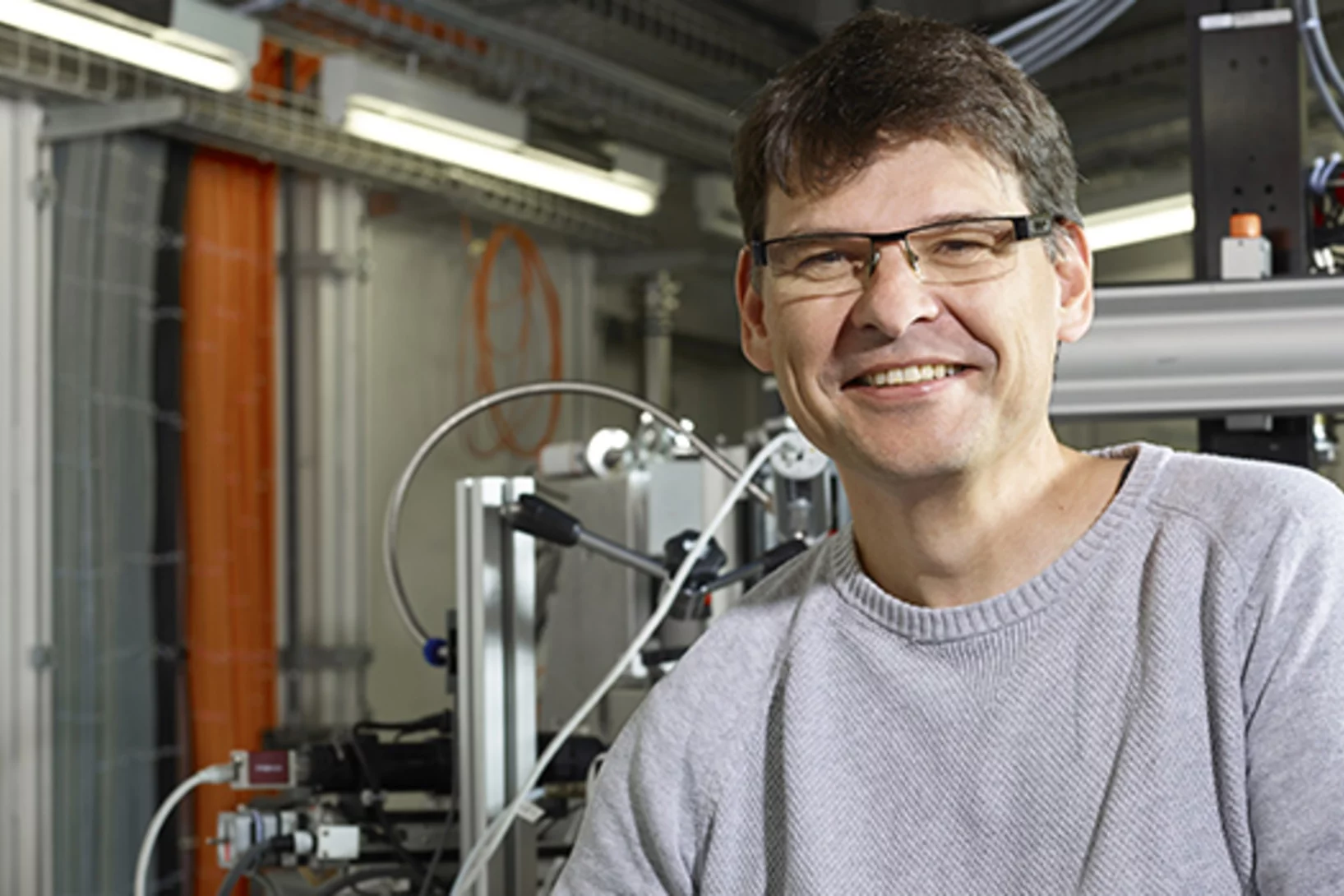PSI Stories
In start-up companies, getting it done is a matter of survival
A pharmaceuticals manager at Roche for a long time, now he is the founder of a biotech firm on the campus of the Paul Scherrer Institute PSI: Michael Hennig knows the trends in the medical sector. In this interview he explains why the medicine of the future needs the innovation power of publicly funded research, and why he chose to locate his start-up leadXpro so close to PSI.
How Switzerland could supply its electric power in 2050
The Laboratory for Energy Systems Analysis at the Paul Scherrer Institute PSI is investigating how Switzerland’s electricity supply might look, up to the year 2050, under a variety of boundary conditions. On the basis of their calculations, the lab’s researchers are able to generate insights on possible future developments of the energy sector, for example, determine how an ambitious reduction in CO2 emissions could be achieved at the lowest possible cost.
In cold water
Martin Ostermaier wanted to break out of the comfort zone of science. Now, instead of pipettes, the biochemist is dealing with investors and patent law.
Added value for cancer patients
At the Paul Scherrer Institute PSI, cancer patients receive a treatment that is unique in Switzerland: proton therapy. This state-of-the-art form of radiation therapy against cancer has major advantages, compared to conventional irradiation, in terms of effectiveness and side-effects. The PSI has its own Center for Proton Therapy dedicated to this special treatment. Its pioneering work has not only helped several thousand patients, but also has fundamentally changed proton therapy worldwide.
The open-air researchers
Atmospheric scientist Julia Schmale is starting out on a three-month research cruise around the antartic. There she will be searching for the cleanest air still to be found on our planet.
In the focus of the protons
At the PSI, researchers work with radioactivity every day in order to develop advanced treatment methods for patients. Naturally, they take special safety precautions working with a material that decays. It's a race against time. To make sure everything functions smoothly, a dedicated work group takes care of the infrastructure.
Back to life
Doctors had discovered, behind Gabi Meier’s right eye, a tumour that surrounded the optic nerve. Only at the PSI was there still one possibility to treat the tumour in such a way as to preserve neighbouring structures and the eye. A few months after the proton treatment was over, I realised that I could see more and more, she said in an interview. “Just dimly, it’s true, but I could see! That was sensational!”
Simulations for More Efficient Power Stations
In most cases, electricity is generated when water is heated and transformed into vapour. Vapour bubbles in the water play a decisive role in this process. Using computer simulation, researchers at the Paul Scherrer Institute have succeeded in representing the behaviour of vapour bubbles – and in making their performance more calculable.
20 years of high-precision combat against cancer
On 25.11.1996, at the Paul Scherrer Institute PSI, the world’s first cancer patient was treated with a new irradiation method: the so-called spot-scanning technique for proton beams. What’s special about it: The beam has its effect only at the depth where the tumour is located; healthy tissue above and below it is preserved. The method, developed by PSI researchers, was a breakthrough at the time and quickly became a successful product.
Under the chemical microscope
Interview with Daniel GrolimundAt the Swiss Light Source SLS, researcher Daniel Grolimund is responsible for a beamline where the arrangement of chemical bonds in different objects can be determined. These capabilities prove valuable to researchers in the most diverse disciplines: to battery researchers as well as biologists, archeologists, and many more. In this interview Grolimund talks about the variety of topics and the challenges that come with this diversity.

